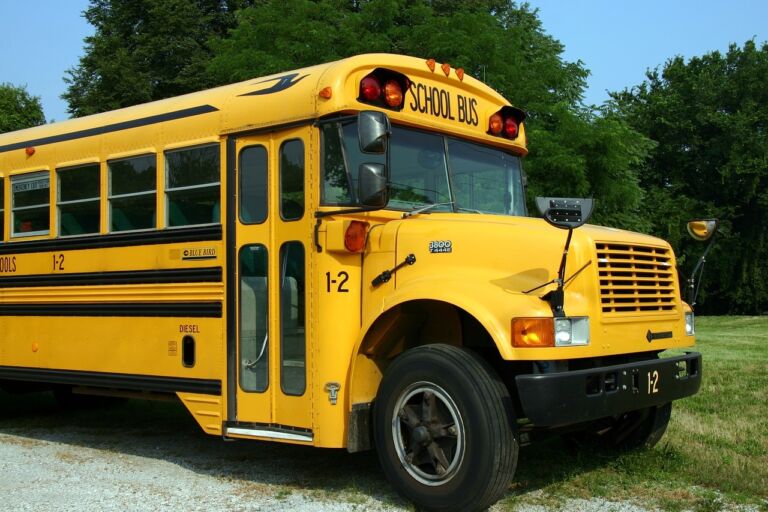James Piereson and Naomi Schaefer Riley devote a National Affairs article to the future role of public universities.
In recent years, public universities have faced a troubling question: Can they remain financially solvent while serving their own residents at the low tuition rates that were common several decades ago? In other words, can they have their cake and eat it too? A recent survey of flagship state universities conducted by the Washington Post concludes that the answer is probably no.
Among the 50 state universities surveyed, 44 have experienced a decrease in their percentage of in-state students in the past decade. … With the continuing decline in legislative appropriations for higher education, public universities are trying to fill the gap by recruiting higher-paying out-of-state students.
This is part of a frantic effort by public universities around the country to sustain a financial model they inherited from the 1950s and 1960s. That model relied upon generous state appropriations to subsidize low-cost tuition for qualified state residents, while allowing a minority of out-of-state students to matriculate at inflated rates. …
… It is clear in retrospect that the early post-war decades represented the heyday of public higher education in the United States. During this period, flagship universities had few rivals for state funds and, with their alumni well-represented in the legislatures and the “baby boom” generation headed off to college, they were well-positioned to demand a rising share of state budgets. …
… That model has gradually come apart. New realities of state budgeting, combined with demographic changes, the growing costs of higher education, and the increasing demand for college and university services in a high-tech economy, have made mid-century funding levels unsustainable. Public universities have also invested heavily in brick-and-mortar infrastructure for decades?—?investments that are increasingly less valuable as the shift toward online education continues apace.


